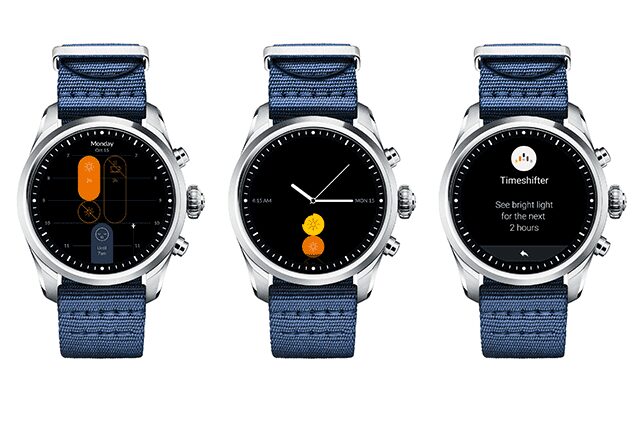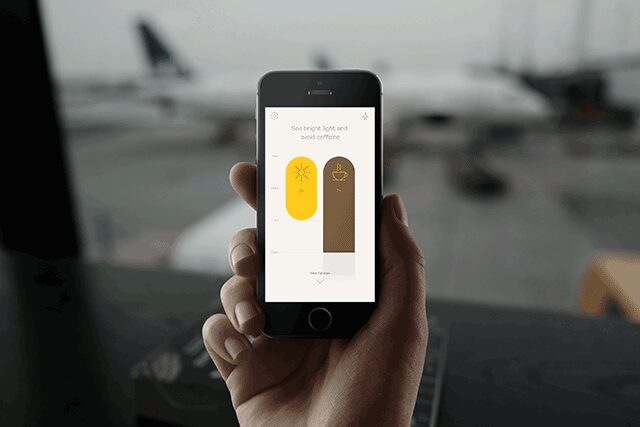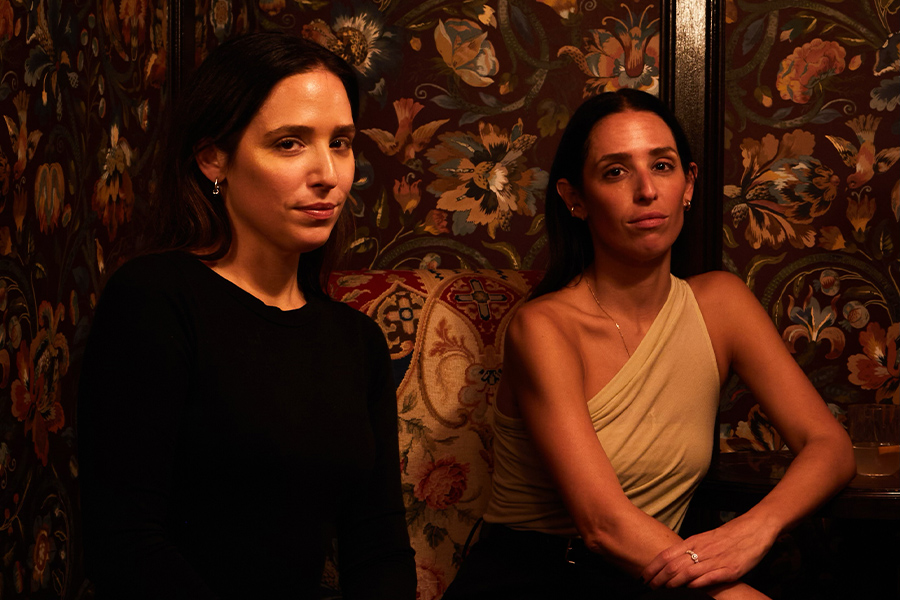Timeshifter is a consumer-friendly, health-focused app that allows flyers to adjust and reset their internal master clock to help remove jet lag from their travels. Centered around an individual’s circadian rhythm, the team behind the sophisticated algorithm has plans to dramatically change the future of travel. Here, Timeshifter founder Mickey Beyer-Clausen discusses why timing is the key to his success.
How did you develop the concept for Timeshifter?
Dr. Steven Lockley [professor at Harvard Medical School’s sleep lab] is one of the world’s leading circadian neuroscientists, and he’s focused on the area for the past 25 years. When I met him, he started talking about circadian science and how it related to jet lag, and shared with me his work with NASA astronauts and Formula One drivers to help them with jet lag to achieve peak performance. I had the science and someone credible applying the science. That’s when we started Timeshifter [with an algorithm refined for the app].
What’s it been like creating this innovative app?
If you’re looking at a business traveler or someone going on a vacation, it has to be simple and intuitive. Taking the science and Dr. Lockley’s algorithm and then building an app that truly became a utility has been a real challenge, and the first version took us almost two years to build. Version two is a few months away from launch, with additional features [focused on the frequent traveler and families traveling together].
How does traveling impact our internal master clock?
When you move to a different time zone, it disrupts the circadian clock. It will slowly move to the new time zone, one time zone per day. We want to manage the circadian clock and reset it as quickly as possible. Timed light exposure, seeing light, or avoiding light at certain times can shift it faster. It’s based on your normal sleep pattern, chronotype, and flight itinerary. The thing that surprises most people is that the problem and the solution is in our brains.
How does it work?
Let’s say the app is asking you to see light and you’re on a dark plane. You can increase the brightness of your entertainment system and that’s enough to give your circadian clock the signal that it’s bright. If you have to avoid light, and you’re out in the sun, all you have to do is put on dark sunglasses and that’s enough; it’s not very difficult to comply with. When you timeshift, you wake up on your own and are alert, and then you will sleep through the night. You can pre-adjust too, so two days before you leave, you can choose to pre-adapt.
How are you introducing the app?
We partnered with Six Senses, which is offering all their guests a complimentary jet lag plan to Timeshifter when they book. They’re a pioneer in health and wellbeing, so it’s a great fit for us. We have partnerships with [luxury goods company] Montblanc and [online booking system] Amadeus as well, with the intent to integrate it and embed it into the travel industry in different areas.




